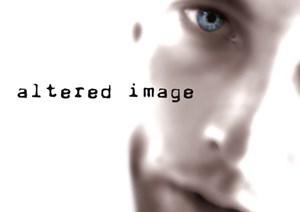Explore a wide range of ideas to broaden the reach and appeal of your library to your reading community. You will experiment with ways to enrich reading lives, connect readers together and target diverse needs and preferences to reach a wide range of people. Starting from the reader will bring a new energy to your strategy and the practical coursework tasks will enable you to experience this powerful dynamic.
The course is structured in three Modules, each with a practical task to complete. Module 1 looks at what motivates readers’ choices and offers practical ways to meet their reading needs, both in the library and online. Module 2 examines how to create a feeling of change in the library experience, both physically and digitally. Module 3 takes you through methods of differentiating the reading audiences within your community and gives examples of tried and tested ways of reaching them, going beyond the traditional and expected promotional routes. You’ll plan your own unique reading promotion or reader-centred event.
Your Mentor will give detailed feedback and support on your three tasks. Their role is to use their experience to stretch your thinking and to help you adapt the course content to your own workplace and your role. You will work across the whole collection of fiction and non-fiction.The coursework is supported by a set of short training sessions you can use with frontline staff as well as downloadable print and digital resources.
 Prices displayed in GBP
Prices displayed in GBP

| The reader-centred library | |
| The reader-centred approach | |
| What readers want | |
| Enriching more reading lives | |
| The reading experience | |
| Quality reading experiences | |
| Spot checks on range | |
| Your reading community | |
| Making readers visible | |
| Connecting readers | |
| Increasing people’s confidence | |
| Researching reading needs | |
| Connecting offline readers with those online | |
| Task One: Try out an idea to link online and offline readers | |
| Extra: Ideas for staff training sessions |

| The library USP | |
| Libraries are not static | |
| Understanding physical factors | |
| Understanding psychological factors | |
| Book marketing for libraries | |
| Using single not multiple copies | |
| Book cover fashions | |
| Keep the message consistent | |
| Engaging displays | |
| Everyday merchandising | |
| Making non-fiction more engaging for readers | |
| Merchandising works in non-fiction too | |
| Extending your reach | |
| Creating a feeling of change in your library | |
| Creating a feeling of change online | |
| Measuring success | |
| Task Two: Curate a Trending display | |
| Building your grid of book covers | |
| Discussion with your Mentor | |
| Extra: Ideas for training sessions |

| The importance of targeting | |
| Targeting is not stereotyping | |
| Visible and invisible borrowers | |
| Differentiate, don’t alienate | |
| Quick wins and long-term projects | |
| Targeting traditional audiences | |
| Targeting the way people engage with the library | |
| Targeting loyal supporters | |
| ‘Hard to reach’ audiences | |
| Reader-centred events | |
| Task Three: Ideas for a promotion to target a reading audience | |
| Task Three: Design a promotion to target a reading audience | |
| Learning review | |
| More Opening the Book courses | |
| Credits |
